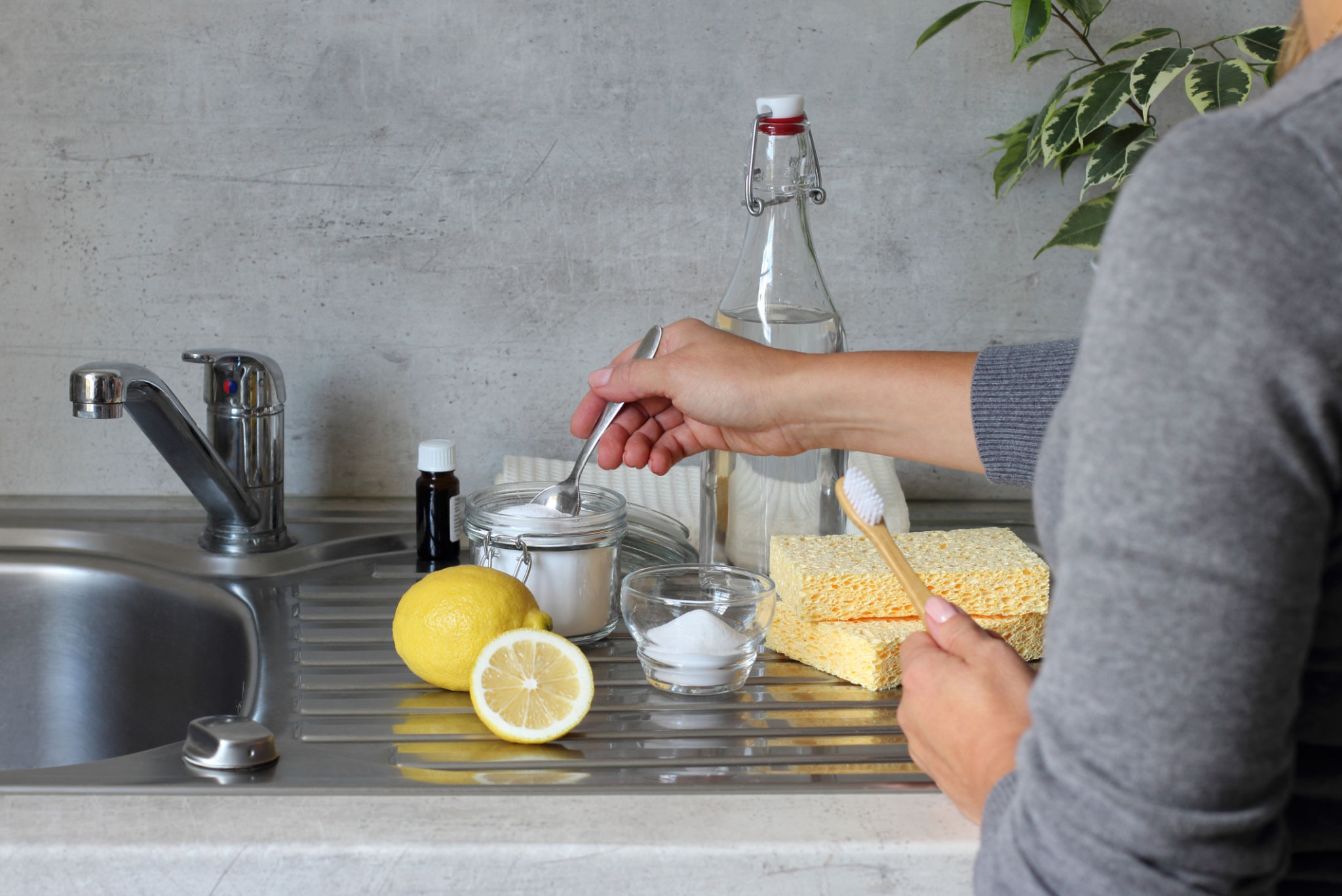How to Transition to a Non-Toxic Home: Beginner's Guide
Understanding the Importance of a Non-Toxic Home
Transitioning to a non-toxic home is more than just a trend—it's a commitment to creating a healthier environment for you and your family. Everyday household products can emit harmful chemicals, affecting indoor air quality and potentially leading to health issues. By making conscious choices, you can significantly reduce these risks and enjoy a cleaner, safer living space.

Start with Your Cleaning Supplies
The first step in creating a non-toxic home is to assess your cleaning supplies. Many conventional cleaners contain harsh chemicals that can irritate the skin and lungs. Consider switching to natural alternatives like vinegar, baking soda, and essential oils, which are effective yet gentle.
You can also find eco-friendly brands dedicated to producing non-toxic cleaning products. Look for certifications or labels that indicate these products are free from harmful substances.

Revamp Your Personal Care Routine
Personal care products are often overlooked but can be significant sources of toxic exposure. From shampoos to lotions, many contain ingredients like parabens and phthalates. Opt for products with natural ingredients and transparent labeling. Brands focusing on sustainability and health often offer safer alternatives.
When in doubt, check the Environmental Working Group’s Skin Deep database to evaluate the safety of a product's ingredients.
Rethink Your Home Furnishings
Furniture and home decor items can also contribute to indoor pollution. Many are treated with flame retardants or manufactured using volatile organic compounds (VOCs). When purchasing new items, seek out those made from natural materials such as untreated wood, organic cotton, or wool.

Purify Your Indoor Air
Improving indoor air quality is crucial in a non-toxic home environment. Start by increasing ventilation whenever possible; open windows to let fresh air in. Consider investing in air purifiers equipped with HEPA filters to capture pollutants and allergens effectively.
Houseplants can also be a natural way to enhance air quality. Species like spider plants and peace lilies are known for their ability to absorb toxins from the air.
Mind Your Food Storage Practices
Plastic containers can leach chemicals into your food, especially when heated. Replace plastic with glass or stainless steel options for storing leftovers or packing lunches. These materials are not only safer but also more durable and environmentally friendly.

Embrace DIY Solutions
Creating your own household products can be a rewarding and safe alternative to store-bought items. Simple DIY recipes allow you to control what goes into your products, reducing exposure to unknown chemicals. From homemade cleaners to personal care items, the possibilities are endless.
Explore online resources and communities for inspiration and guidance on starting your DIY journey.
Commit to Continuous Learning
The journey towards a non-toxic home is ongoing. Stay informed about new research and products that support a healthier lifestyle. Engage with communities focused on sustainable living, and don't hesitate to ask questions or seek advice.
Remember, every small change contributes to a larger impact. By prioritizing non-toxic choices, you not only protect your family's health but also contribute positively to the environment.
